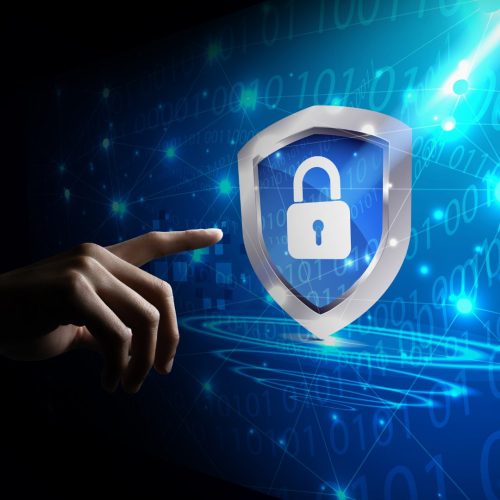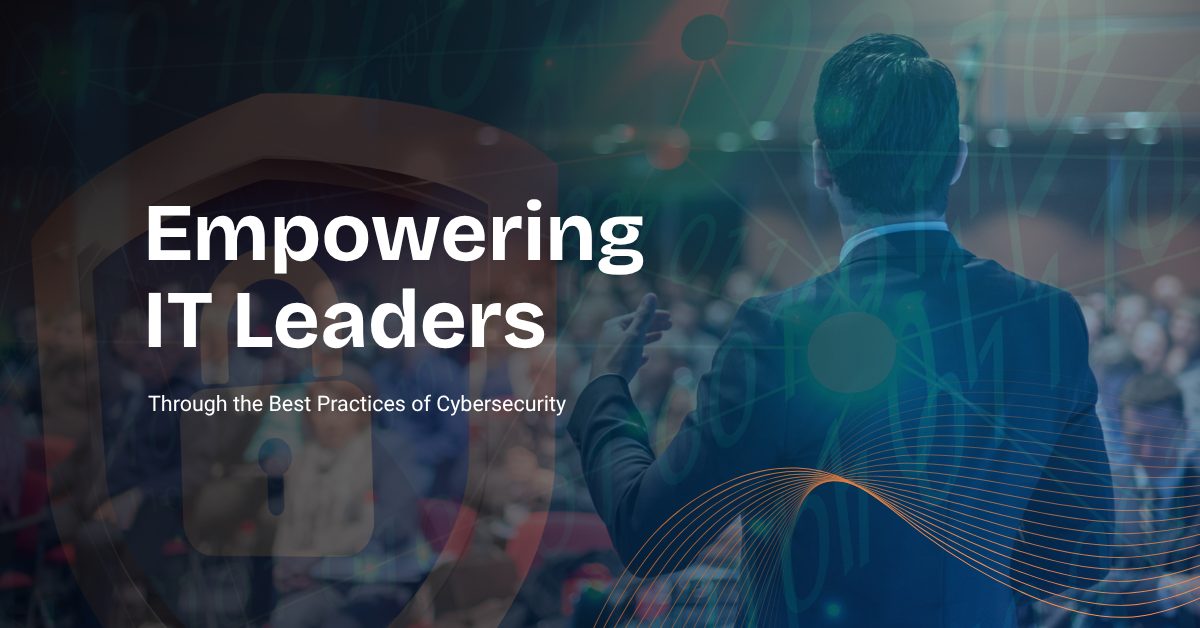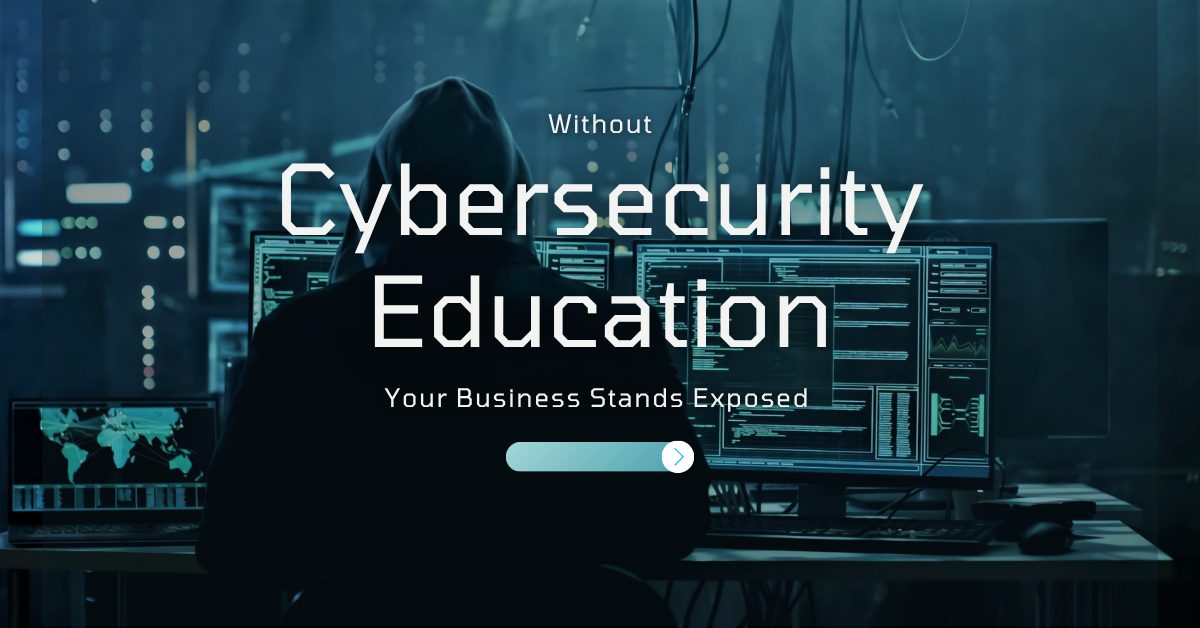How Effective Cybersecurity Training Strengthens IT Leadership
In the evolving digital landscape, information security is no longer just an IT concern—it’s a business imperative. For Chief Information Officers (CIOs), Chief Technology Officers (CTOs), and IT Directors, protecting organizational data, systems, and networks requires more than technical skill; it requires leadership rooted in the best practices of cyber security.
Gallop Technology Group partners with organizations to deliver tailored cybersecurity services and proactive IT solutions that keep teams prepared and networks protected. Through cybersecurity training and advanced security management programs, Gallop helps IT leaders create resilient, security-minded teams capable of handling any threat.
Understanding the Best Practices of Cyber Security
The best practices of cyber security go far beyond installing antivirus software or enforcing password policies. They involve creating a comprehensive defense strategy that includes prevention, detection, response, and recovery. For IT leaders, mastering these practices means balancing technology with human awareness—ensuring that employees at every level understand their role in data protection.
Cybersecurity education and training are central to this effort. They empower employees to identify risks early, reduce human error, and reinforce a culture of accountability. Whether you lead a small business or a large enterprise, the principles of cybersecurity remain the same: continuous improvement, proactive planning, and engaged leadership.
The following strategies outline how IT leaders can integrate these principles into effective, long-term cybersecurity training programs.
Stay Ahead by Understanding the Cyber Threat Landscape
The first step toward building an effective cybersecurity training plan is to understand the threats your organization faces. Cybercriminals constantly develop new methods to bypass defenses, making it essential for leaders to stay informed about emerging attack types, vulnerabilities, and trends.
IT executives should regularly review industry reports, security alerts, and frameworks such as the NIST Cybersecurity Framework or ISO 27001 to stay aligned with current standards. Awareness of the latest attack vectors—like phishing, ransomware, and insider threats—enables leaders to guide their teams effectively and design relevant training programs.
Equipping employees with this knowledge helps transform potential weaknesses into strengths. Regular updates and discussions on threat intelligence ensure that security awareness doesn’t fade after a single training session—it becomes part of the organizational mindset.
Customize Cybersecurity Training for Different Roles
A one-size-fits-all approach to cybersecurity training often fails. Every department interacts with technology differently, and so do their risks. For instance, finance teams handle sensitive payment information, while marketing staff manage online platforms vulnerable to phishing.
IT leaders should tailor training content based on job roles:
- End-Users: Focus on daily practices such as recognizing phishing attempts, using secure passwords, enabling multi-factor authentication (MFA), and protecting devices when working remotely.
- Technical Teams: Deepen knowledge on system configuration, endpoint security, data encryption, and incident response.
- Executives and Managers: Train on regulatory compliance, risk management, and the financial or reputational impact of breaches.
By aligning training content with the responsibilities of each group, leaders ensure that employees understand not only what to do but why it matters.
This approach reflects one of the core cybersecurity best practices for individuals—making learning relevant and role-specific.
Build a Culture of Continuous Learning
Cybersecurity isn’t static. New technologies bring new risks, and learning must evolve accordingly. Effective IT leaders establish cybersecurity education as an ongoing effort rather than a one-time event.
Regular workshops, online modules, and internal knowledge-sharing sessions keep employees up to date on best practices and emerging threats. Integrating short “micro-learning” lessons into work routines—like quick quizzes or short videos—keeps awareness high without disrupting productivity.
Additionally, running simulated phishing campaigns or incident response drills helps employees experience realistic scenarios in a safe environment. These practical exercises build confidence and prepare teams to respond quickly when real threats occur.
Continuous learning also sends a strong message: security is everyone’s job, not just the IT department’s.
Make Learning Engaging with Gamification and Interaction
Engagement drives retention. Traditional presentations or static e-learning materials can make cybersecurity seem complex or dull. Instead, interactive methods—like gamified challenges, competitions, and role-based simulations—turn learning into a hands-on experience.
For example:
- Quizzes and Challenges: Reward teams that score high on post-training assessments.
- Simulated Attacks: Let employees experience mock phishing or malware scenarios to test their instincts.
- Recognition Programs: Publicly celebrate departments that demonstrate strong cybersecurity compliance.
Gamification encourages healthy competition and positive reinforcement, both key motivators for maintaining vigilance. For IT leaders, this approach not only enhances retention but also fosters teamwork and enthusiasm around security goals.
Use Real-Life Case Studies to Reinforce Learning
One of the most effective teaching methods in cybersecurity education is storytelling through real-world incidents. Reviewing high-profile breaches like Target, Equifax, or Colonial Pipeline offers valuable lessons in what can go wrong—and how to avoid it.
Walk your team through the lifecycle of these breaches: how attackers gained access, what failures occurred, and how response measures could have been improved.
Leaders can also highlight internal incidents or “near misses” within their organization (without blame) to demonstrate practical lessons. When employees see how real consequences stem from overlooked policies or poor habits, they become more motivated to apply the best practices of cyber security in daily operations.
Gather Feedback and Measure Progress
Effective cybersecurity training doesn’t end when the session does—it requires reflection and refinement. Collecting feedback from participants allows leaders to identify what’s working and what needs improvement.
Use post-training surveys, focus group discussions, and knowledge assessments to measure progress. Look for patterns in responses—are employees struggling with certain concepts? Are particular departments less confident about security protocols?
This iterative approach ensures the training remains relevant and continuously improves. Over time, leaders can track measurable outcomes such as reduced phishing click rates, faster response times, or higher compliance scores—proof that training investments are paying off.

Foster a Culture of Shared Responsibility
Cybersecurity thrives in a culture where everyone feels accountable. IT leaders should actively promote open communication about potential threats and encourage staff to report suspicious activity without fear of reprimand.
Appointing “security champions” within each department is another powerful step. These individuals serve as points of contact for cybersecurity questions, helping bridge the gap between technical teams and general staff.
Frequent updates through internal newsletters, posters, or brief “security tip” reminders can keep best practices top of mind. This approach ensures that cybersecurity becomes an integral part of everyday operations—not just an occasional training topic.
Leverage Technology to Support Training Initiatives
IT leaders can also enhance cybersecurity education by integrating technology-driven learning tools. Learning management systems (LMS) track participation and performance, while analytics dashboards identify which topics need reinforcement.
Incorporating automated reminders and compliance checklists can help teams maintain consistent habits. For instance, if an employee hasn’t updated their password in 90 days, automated prompts can reinforce training concepts and maintain compliance.
Leaders can also use dashboards to visualize metrics like training completion rates or incident response readiness, giving upper management tangible proof of ROI on cybersecurity initiatives.
The Human Element: Turning Awareness into Action
Technology alone can’t secure an organization—people can. Studies continue to show that human error is a leading cause of breaches, but it’s also one of the easiest areas to improve through cybersecurity training.
Empowering employees to act as the first line of defense turns potential vulnerabilities into assets. When individuals understand that every email click, password choice, and data transfer can impact business continuity, they begin taking ownership of cybersecurity outcomes.
This is where leadership makes the greatest difference: modeling good behavior, maintaining transparency, and leading by example. When executives follow security protocols diligently, employees follow suit.
Lead the Way to a Secure Future
Strong cybersecurity leadership begins with education, empowerment, and consistent practice. For CIOs, CTOs, and IT Directors, implementing the best practices of cyber security ensures that their teams are prepared, vigilant, and capable of defending the organization’s assets against ever-changing threats.
By prioritizing cybersecurity best practices for individuals, tailoring training to various roles, and building a culture of continuous learning, leaders can transform their workforce into a powerful defense system.
At Gallop Technology Group, we help businesses strengthen their security posture through tailored IT and cybersecurity solutions. We help you give cybersecurity education, employee awareness training, and managed security services that protect your data and empower your teams.
Partner with Gallop to implement cybersecurity training programs that make a real impact—because the best defense begins with informed leadership.
Contact our team today at 480-614-4227 to secure your business and empower your people.
Sources:







